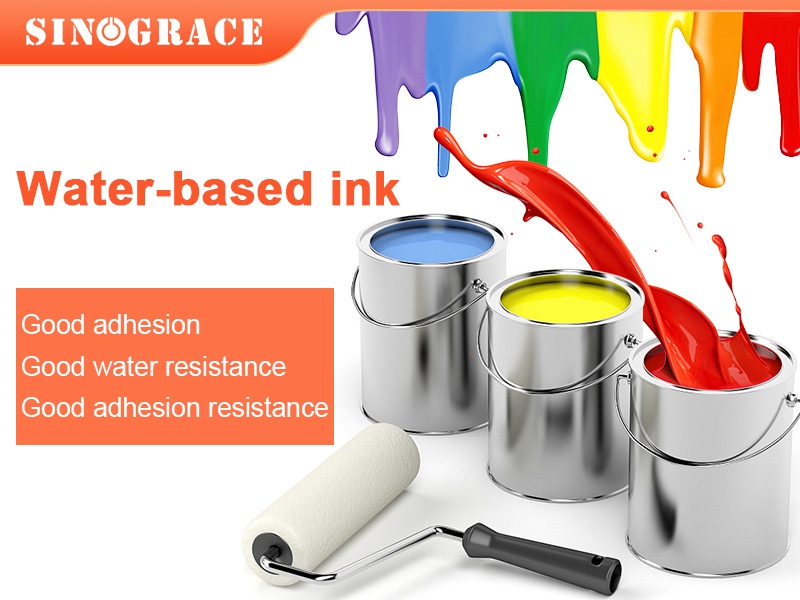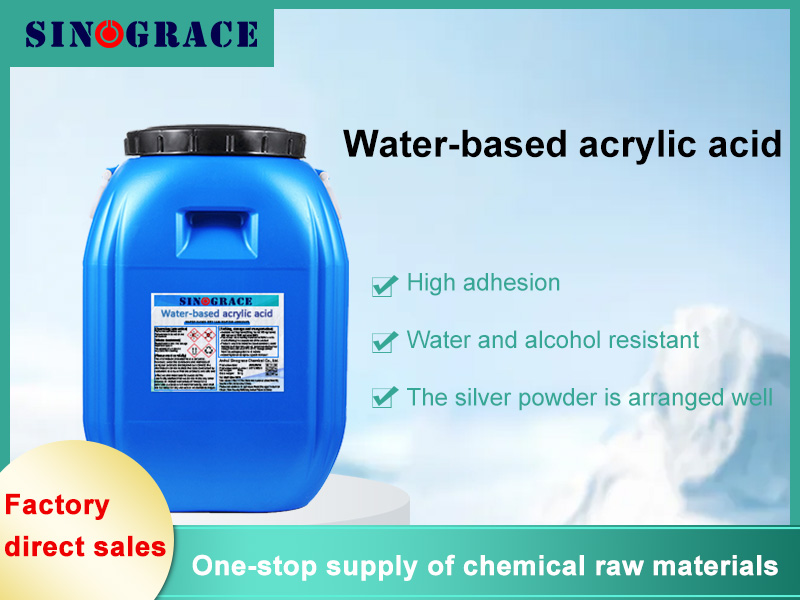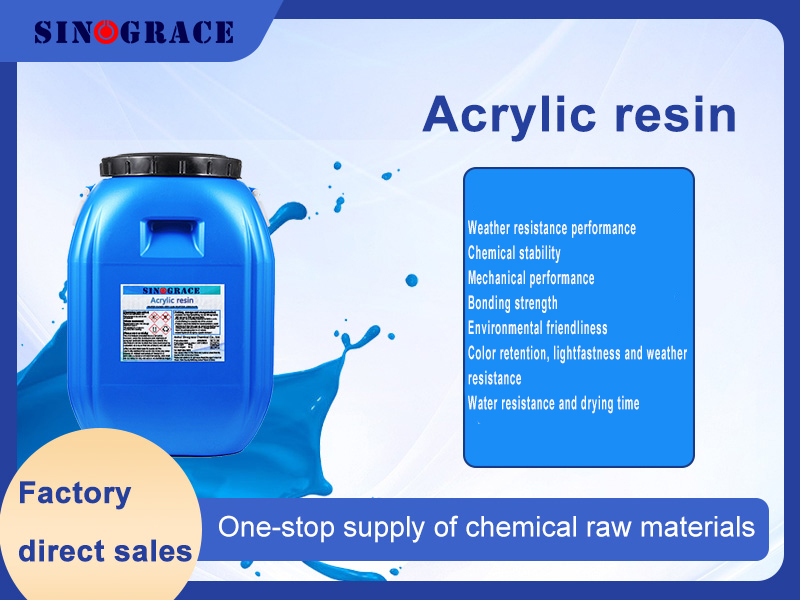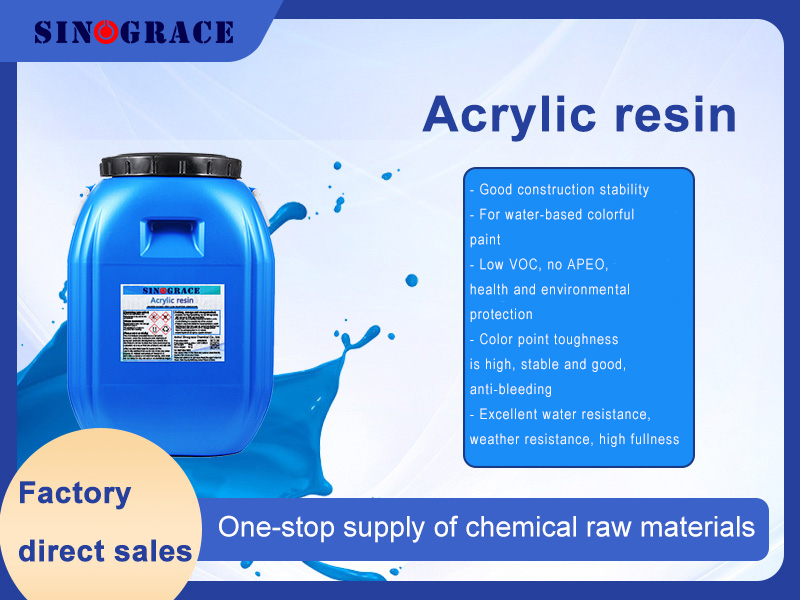Exterior Art Coatings: Artificial Stone Coatings Dress Up Buildings with Colorful Fabrics!
Exterior Art Coatings: With its unique decorative effect and outstanding performance, exterior art coatings have gradually become a popular choice for modern building exterior decoration. It not only adds a bright color to the building, but also showcases the unique charm and personality of the building through rich textures and sensations. 01 The charm of exterior art coatings: ① Strong Decorative Effect Exterior art coatings offer a wide range of color and texture options, from modern simplicity to vintage European styles, from natural stone to metallic textures. It can create a unique exterior decoration effect for the building according to the architectural style, making each building a scenic spot on the street. ② Excellent Weather Resistance Facing complex and variable natural environments, exterior art coatings demonstrate outstanding weather resistance. It can resist the erosion of ultraviolet rays, rain, wind, and sand, maintaining long-lasting color and luster, and is not prone to fading, powdering, or cracking, ensuring the beauty and durability of the building's exterior. ③ Environmentally Friendly and Energy-Efficient Most modern exterior art coatings use water-based environmentally friendly formulas, with low VOC emissions, and are harmless to the environment and human health. Some art coatings also have heat insulation and heat preservation functions, helping to reduce the energy consumption of buildings and achieving the goal of green buildings. 02Exterior Wall Art Coatings - Titanium Crystal Stone Among the various types of exterior wall art coatings: Titanium Crystal Stone stands out for its unique stone-like effect and outstanding performance. High simulation degree: Through multi-layer spraying technology, Titanium Crystal Stone exterior wall coating can highly reproduce the texture and luster of natural stone, with an extremely high degree of simulation, making it difficult to distinguish between the real and fake. Lightweight design: Compared to traditional stone, Titanium Crystal Stone exterior wall coating is lightweight, reducing the building load and reducing the risk of detachment, making it safer and more reliable. Environmentally friendly and durable: Using water-based eco-friendly formula, with low VOC emissions, it complies with environmental standards. At the same time, after strict weather resistance tests, Titanium Crystal Stone exterior wall coating has excellent weather resistance and anti-aging properties, with a long service life. 03 Exterior Wall Art Coating - Roman Stone It is renowned for its unique hole effect, which is a natural regenerated stone effect, bringing the unique aged look of stone. The coating surface is usually smooth and fine, with soft luster and strong texture. Inorganic eco-friendly material: Using eco-friendly inorganic components, it is non-toxic and harmless, covering the building with a green coat and protecting the health of the residents. Natural stone's hole texture: Each hole is ...
read more

 English
English français
français русский
русский español
español العربية
العربية








